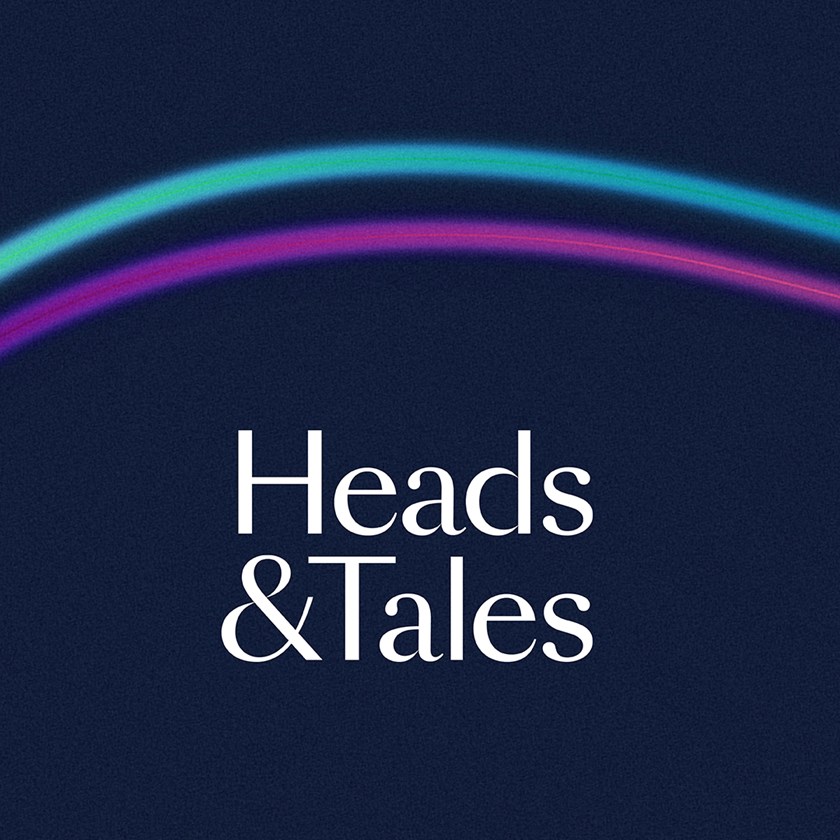Sexual Harassment – From Weinstein to Westminster: A Safeguarding Perspective
News

With the media dominated by tales of sexual harassment and abuse in particular industries or places of power, there are a number of questions we are all asking ourselves. How widespread is this behaviour? Are acting and politics just the tip of the iceberg? What has made these professions particularly vulnerable? Why has the problem not emerged before now? Why has unacceptable behaviour remained unchallenged for so long.
Of course in the area of safeguarding we have been here before. Numerous Serious Case Reviews have over the years asked similar questions in the context of institutional child sexual abuse. The Independent Inquiry into Child Sexual Abuse is asking the same questions in the context of child sexual abuse over many decades across numerous sectors. It is only in the relatively recent past that the scale of child sexual abuse has emerged. Before it lay largely uncovered. The football abuse scandal is a particularly good example. The courage of Andy Woodward in speaking out has emboldened many survivors of child sexual abuse to come forward and speak out about the abuse which they suffered in the sport. It opened the floodgates in the same way as they now appear to have been opened to sexual harassment allegations in acting, politics and beyond.
So the most obvious question is whether there are lessons to be learnt from the child protection context which could easily be applied in the protection of adults – be they employees, self-employed, volunteers or applicants for such positions – from sexual harassment. This article seeks to draw from established safeguarding principles some of the answers to this question.
Familiar Traits
From a safeguarding perspective the traits of the behaviour alleged on the part of the senior figures involved are familiar to anyone who has studied the traits of grooming behaviour in a child protection context. Typically they are:
- an individual who is in a position of power and hard to challenge
- who is willing to abuse that position for sexual gratification
- by grooming and/or coercing a victim to engage in some form of sexual activity
- where the possibility of favour or advancement exists for cooperation
- where the prospect of non-advancement exists in the absence of cooperation
- and the fear of retribution exists for raising the alarm
- all facilitated by a culture in which rules can be broken and powerful rule breakers are not challenged
- so the net result is that concerns are not raised and the conduct remains unchecked and underground.
A Culture of Clear Boundaries and Openness
In terms of established safeguarding principles the advice for Hollywood, Westminster, or any other organisation is little different to that already given by safeguarding leads in settings where adults are working with children or vulnerable adults, namely the introduction and maintenance of:
- a code of conduct which establishes clear boundaries which all individuals working in an organisation, from most senior to most junior, are expected to comply
- an environment in which all employees, no matter how senior, are held to the highest standards of behaviour in every respect and boundary breach is avoided or checked
- an open culture where victims, their colleagues, witnesses – or anyone who just senses something is wrong – feel able to share concerns of inappropriate conduct, from the most serious allegations to lower level concerns, with a clearly identified manager with responsibility to receive and act on such concerns
- policies and procedures which entrench all of the above backed up by a whistleblowing policy if those front line policies and procedures prove ineffective
- a system of governance which ensures management properly implements safeguarding systems and no-one is ever left unaccountable
- employment practices which ensure that individuals found to have committed serious misconduct of this nature are dismissed and their references for future employment reflect that (as distinct from bare fact references or settlement agreements with agreed references)
- a protocol whereby statutory authorities are informed promptly when they need to be – whether that be LADOs when an adult has behaved inappropriately towards a child and the Police where an employee may have committed a sexual offence against an adult or a child
A Tipping Point?
It is too early to say whether recent events mark a tipping point in terms of societal attitudes towards sexual harassment in the workplace. But history shows that that such a tipping point was reached in the relatively recent past in respect of safeguarding children and subsequently real and substantial change for the better has taken place in organisations such as schools. Perhaps we are at the early stages of a wider acceptance that organisations - be they film companies, modelling agencies, sports clubs, political parties, civil service departments, barristers chambers or anyone else - are all under a duty to safeguard their people, and particularly those whose age or status may make them more vulnerable to harassment from those in positions of power.
What to do?
Every organisation should therefore reflect on recent events and ask itself the following questions:
- Who within your organisation could be most vulnerable to pressure or harassment – is it the intern, work experience student, apprentice/trainee, job applicant, junior members of staff, or individuals at particular points in their careers?
- What are the roles in your organisation which provide the greatest opportunity for one person to exert power over the careers of others?
- What steps are you taking to protect individuals from harassment from those in positions of power over them?
- Have you set clear behavioural expectations to which everyone, even the most senior manager, is obliged to comply?
- How confident are you that any concerns are currently being reported to management and that, where they are reported to management, they are acted upon?
- In the absence of the above, are you really fulfilling your duty of care to your own people?
Lead or Lag
Judging by the progress in child and adult safeguarding in the last twenty years, there is real scope for organisations in every sector to make a significant step change and to become a leader in their sector in the safeguarding of their own staff, volunteers, members etc from sexual harassment. For those who take such a step there will undoubtedly be plaudits, and for those who do not, they may yet find themselves tomorrow's front page news. More to the point, however, it is undoubtedly the case that organisations which adopt and apply these simple safeguarding principles will be safer organisations for people to work in and interact with.






